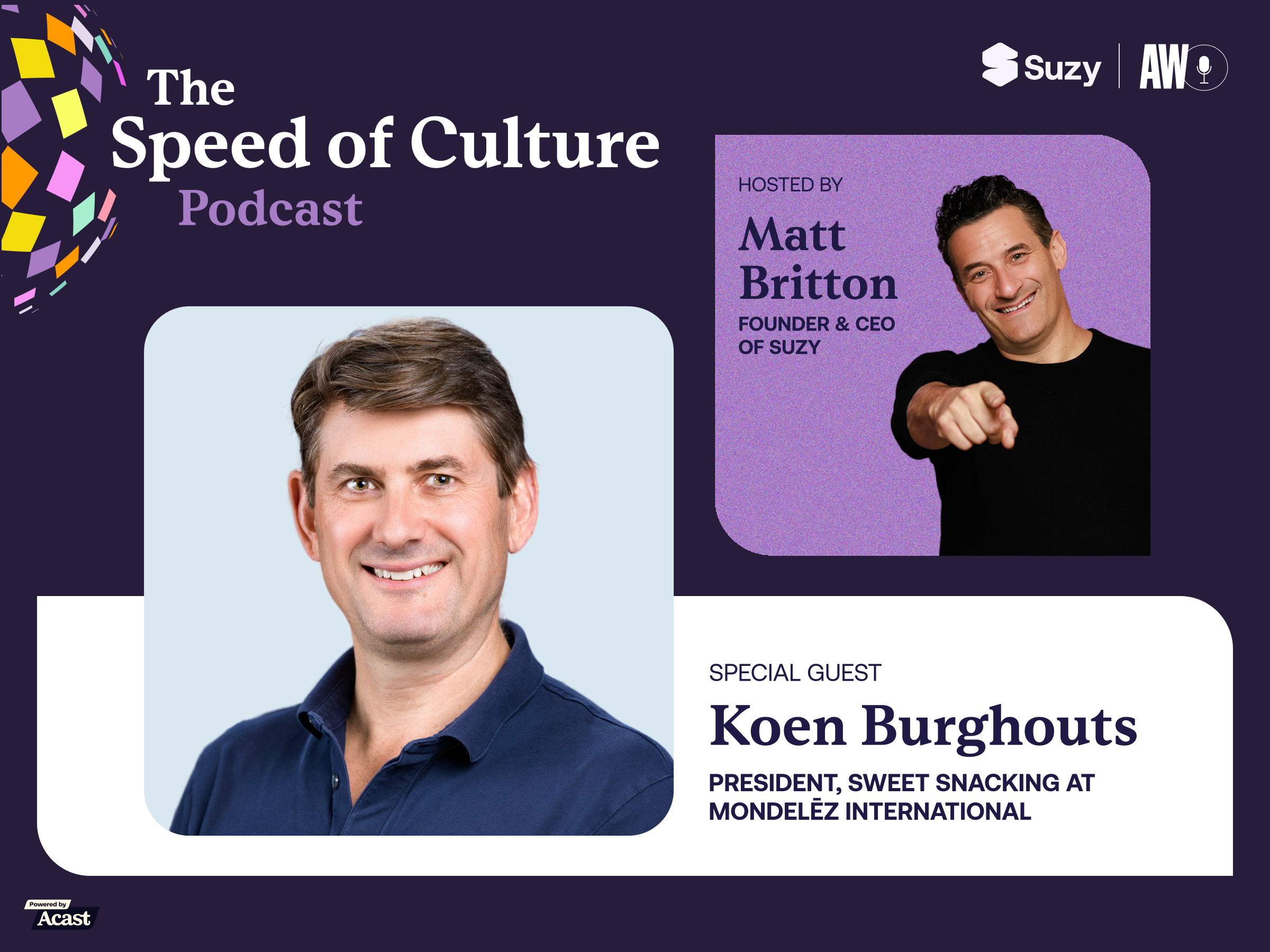People continue to be divided on a number of serious issues, but there’s one fun thing almost every American agrees with: Snacking is awesome. According to a 2019 market research survey conducted by Food Insight, a whopping 97% of Americans snack at least once per week.
“Snacking may be the most ‘normal’ American behavior there is,” said Avi Savar, President of Suzy, in a recent webinar, The Future of Snacking. “Snacking has always been around and it will always be around.”
But like everything else, this past year has brought change to the ways in which consumers engage with snacks. Savar discussed these shifts during the webinar with Eric Pierce, VP of Business Insights at New Hope Network, a media company dedicated to the healthy lifestyle products industry.
During the conversation, the pair leaned heavily on market analysis from a March 26 survey of 1,000 consumers, conducted by Suzy and the New Hope Network. Their overarching deduction about snacking? Consumers have developed a new relationship with snacking, and brands in the category must get creative if they hope to meet new consumer demands.
Here are three ways to do just that:
Get Healthier
Before the pandemic, according to the Suzy/New Hope Network market research, 66% of consumers said “deliciousness” was the top priority above all else in their choice of snacks. However, in the wake of COVID-19, 65% of consumers told the companies that they have become more likely to buy healthier foods. 35% said they want snacks with no additives, and 32% said they desire sugar-free options.
Their preference for healthy snacks increased by 5% to 27% overall, gaining ground on salty (60%) and sweet (55%) snacks. Furthermore, “fresh” snacks were also the favorites of 35% of respondents.
“Throughout the pandemic, consumers have expressed more concern about and put more effort into managing their health proactively,” said Pierce. “This trend existed long before COVID, and yet it is another example of COVID as an accelerant to existing trends in the marketplace.”
People’s changing personal preferences are already affecting sales. According to the SPINS Natural Enhanced Channel, for the 52 weeks through December 27, 2020, sales of nutrition bars and gels were down 20%, while shelf-stable jerky and meat snacks dipped 10%. In contrast, produce sales jumped 19% and frozen fruits and vegetables lept 34%.
Pierce and Savar speculated that one of the drivers of this trend toward healthy snacking was the work from home movement, with more people having greater access to their own refrigerators. In the March 26 survey, 31% of consumers who work from home said their favorite snacks were healthy ones.
Pierce applauded the production approach that two brands are taking in an effort to appeal to these new healthy snackers. Select Harvest is using natural monk fruit to sweeten its roasted almond product line, while Nick’s Swedish ice cream is offering a variety of natural, keto-friendly flavors with no added sugars.
Get More Functional
Another change connected to the work from home cultural shift is a new consumer need for snacks to be more functional. In particular, they should help boost energy.
25% of work-from-home respondents to the Suzy/New Hope Network survey said they’ve become “most excited” about energy-improving snacks. A question that Savar said snacking companies should consider on behalf of their consumers is “How are we getting a benefit from what we’re eating, based on our state of mind and what we’re trying to do in that moment?”
Pierce highlighted the Core Bar effort to fill this market niche with a line of caffeine-infused, nutritional bars. He also praised the inventiveness of HopTea for their Calm One chamomile canned iced tea, which won’t disrupt sleep — another act that helps Americans lead healthier lives.
Get More Novel
With their Calm One product, HopTea is also tapping into another trend that jumped out of the Suzy/New Hope Network market research: 77% of respondents said they were interested in trying more innovative health food snacks, like collagen cookies or kombucha granola, among others.
“People are interested in experimenting with different things, especially if we’re positioning them in this snacks-with-benefits kind of way,” said Pierce.
One product Pierce believes is “perfectly positioned at that paradoxical intersection of ice cream and vegetables, of indulgent and health-minded snacking” is Peekaboo ice cream, which contains what the company calls “hidden veggies,” including carrots, zucchini, and cauliflower.
“I’m not necessarily saying this product is healthy,” Pierce added, “but does it allow somebody to potentially see this as a snack because it has beets in it, as opposed to just an indulgent treat? It’s beginning to play that role of ‘with benefits for consumers.”
.webp)







.png)